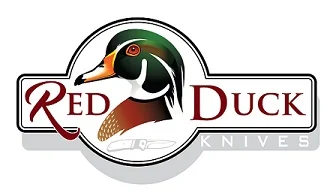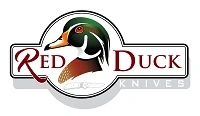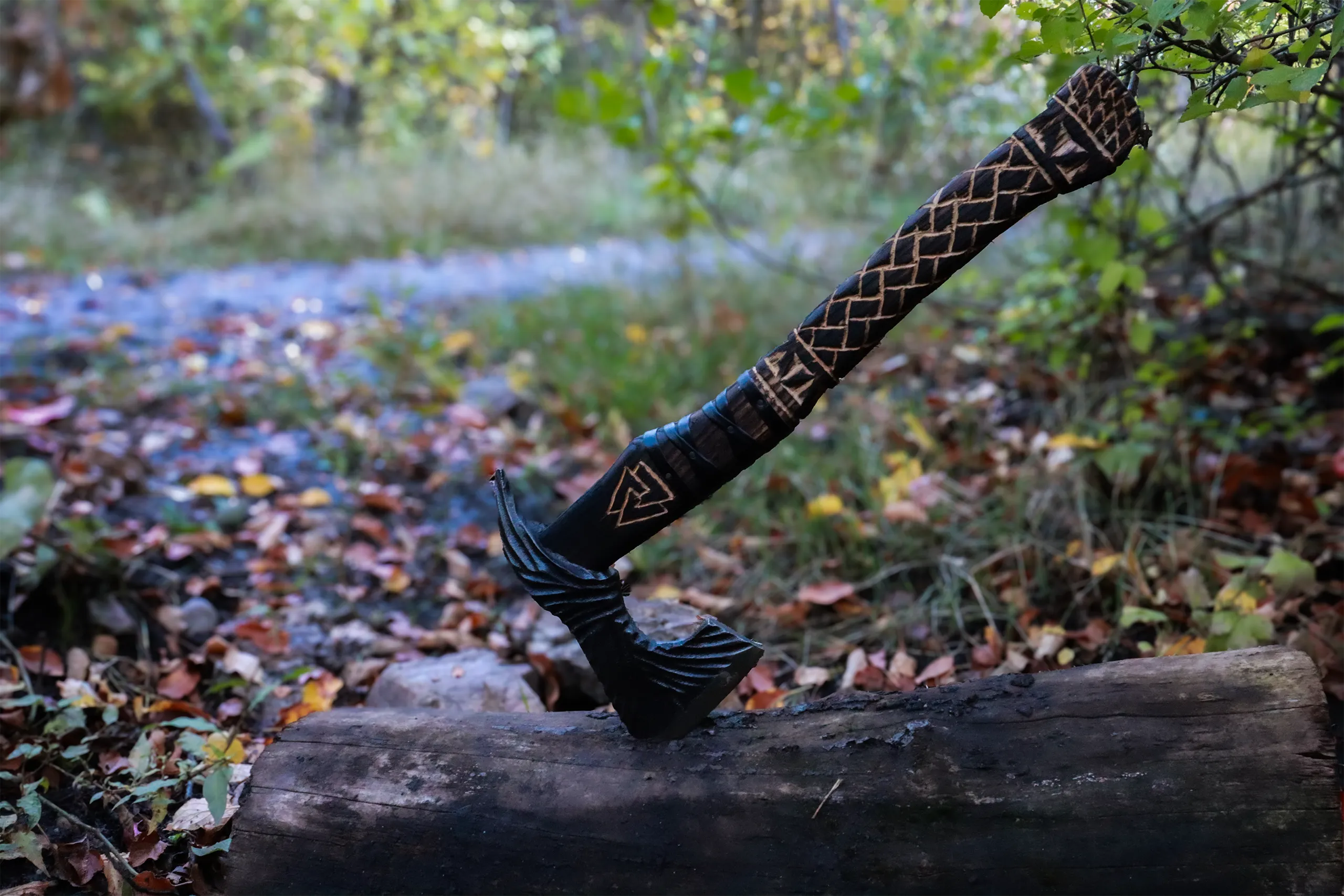The Balisong, or butterfly knife, is a bladed instrument and weapon from the Philippines. It is used on the islands both as a tool and for fighting. It consists of a two-piece handle and a blade; the handles close in on the blade to conceal and reveal the blade when open. The blade, when closed, rests in grooves in the handles.
Having its origin in the Philippines, the Balisong has become popular worldwide. It has become a favorite among many people because of the many flashy and tricky moves that can be performed with the knife. Once these moves are mastered, the knife becomes addictive to use. However, it is always good to use caution with such a tool and be conscious of the blade’s sharp edge when using it. Awareness that knife is illegal in some areas is essential to avoid problems with law enforcement and the courts.
The Balisong consists of the following components:
- Edge – The cutting edge of the blade.
- Swedge – The unsharpened side of the blade.
- Choil – The unsharpened portion of the blade just above the kicker that makes it easier to sharpen the blade.
- Kicker – The area on the blade that prevents the sharp edge from touching the inside of the handle and suffering damage. An additional tang pin above the pivots sometimes replaces this.
- Tang – The base of the blade where the handles are attached with a pivot mechanism.
- Tang Pin – The tang pins hold the blade away from the handle when the knife is closed to prevent dulling, and, in some cases, a second pin is used to keep the handles from excessively banging together when the knife is being manipulated.
- Zen Pins – Screws mounted inside the handles that collide with the kicker mounted on the tang to prevent the blade from moving around in the open or closed position. (Not shown In the diagram.)
- Pivot Pins – These pins hold the handles to the blade. Used in less advanced Balisong pivot mechanisms.
- Pivot and Torx Screw – This holds the handles to the blade. These components replace the pin in less advanced Balisong pivot mechanisms.
- Washers – Brass or plastic washers to reduce friction between the inside handle and the blade’s tang.
- Bushings – A metal ring that sits inside the blade pivot hole. It is a device used to increase fluidity and reduce handle tolerance. These replace the plain pivot hole in less advanced Balisong pivot mechanisms.
- Ball Bearings – Small spherical balls that are typically encased. These sit on the blade’s surface or the underside of the handles, increasing fluidity and reducing handle tolerance significantly. These replace the washers in some Balisongs.
- Liners – The two metal plates that serve as the backbone of each handle, residing beneath the scales.
- Scales – Surface material that sits on the outside surfaces of both handles. (Not shown in this diagram.)
- Bite Handle – The handle on the same side as the blade’s cutting edge.
- Safe Handle – The handle on the same side as the blade’s dull side.


